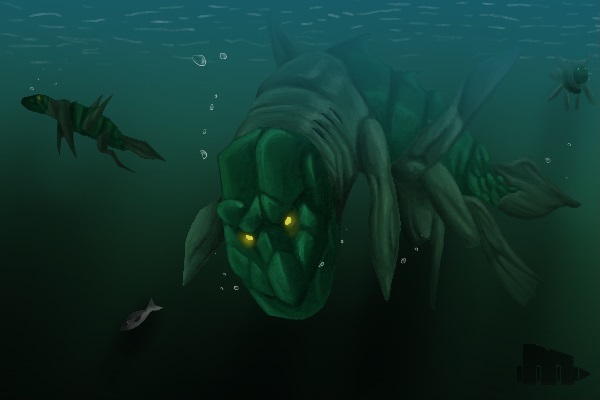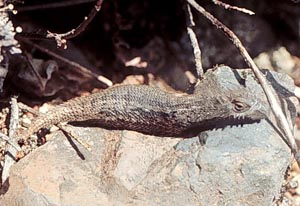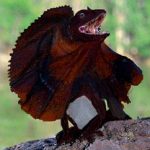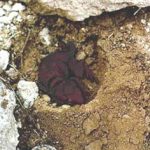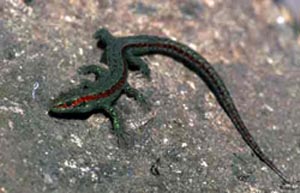RU PANI
The Ru Pani are a nomadic people whom sail the coastal waters of the Torcastan Sea.
The Ru Pani culture is centred around the vu siv’n (boat villages) comprising a small flotilla of house boats. The age, design and material of these boats is often a varied mix from different coastal nations.
The name Ru Pani means “The People” in their language; a creole of Low-Waejiran, Quzonian, Aralian, Tabrani, Iskandean, and Krolaryn dialects. Each vu siv’n develops a distinct vocabulary, unique to the cultural origins of its members. The Ru Pani have developed a unique script, although most members are illiterate.
The people are excellent pilots and fisher-folk. Living so closely with the rhythm of the sea has become second nature to these people. Many ports, while tacitly disliking the Ru Pani, welcome the produce of the sea they bring to trade. They make a living from what they can harvest from the sea, or salvage along the shores and beaches.
Typical professions amongst the Ru Pani include:
Fishers (employing nets, lines and spears); Hunters (harpoons, bows, and diving); Farmers (sea plants and small boat borne gardens); Craftsmen (woodcrafters, boatwrights, clothiers, ropemakers, sailmakers, metalsmiths, jewellers, mercantylers and animal trainers [specializing in birds, lizards, and smaller aquatic mammals]).
Physically the Ru Pani tend to resemble a blend of ethnicities. The Ru Pani will take in anyone who embraces their ways and respects their customs.
Ru Pani tend towards a slight frame, and a dark complexion, and often appear to be years older than they actually are; Years of living on the Torcastan Sea have given them a weathered look.

